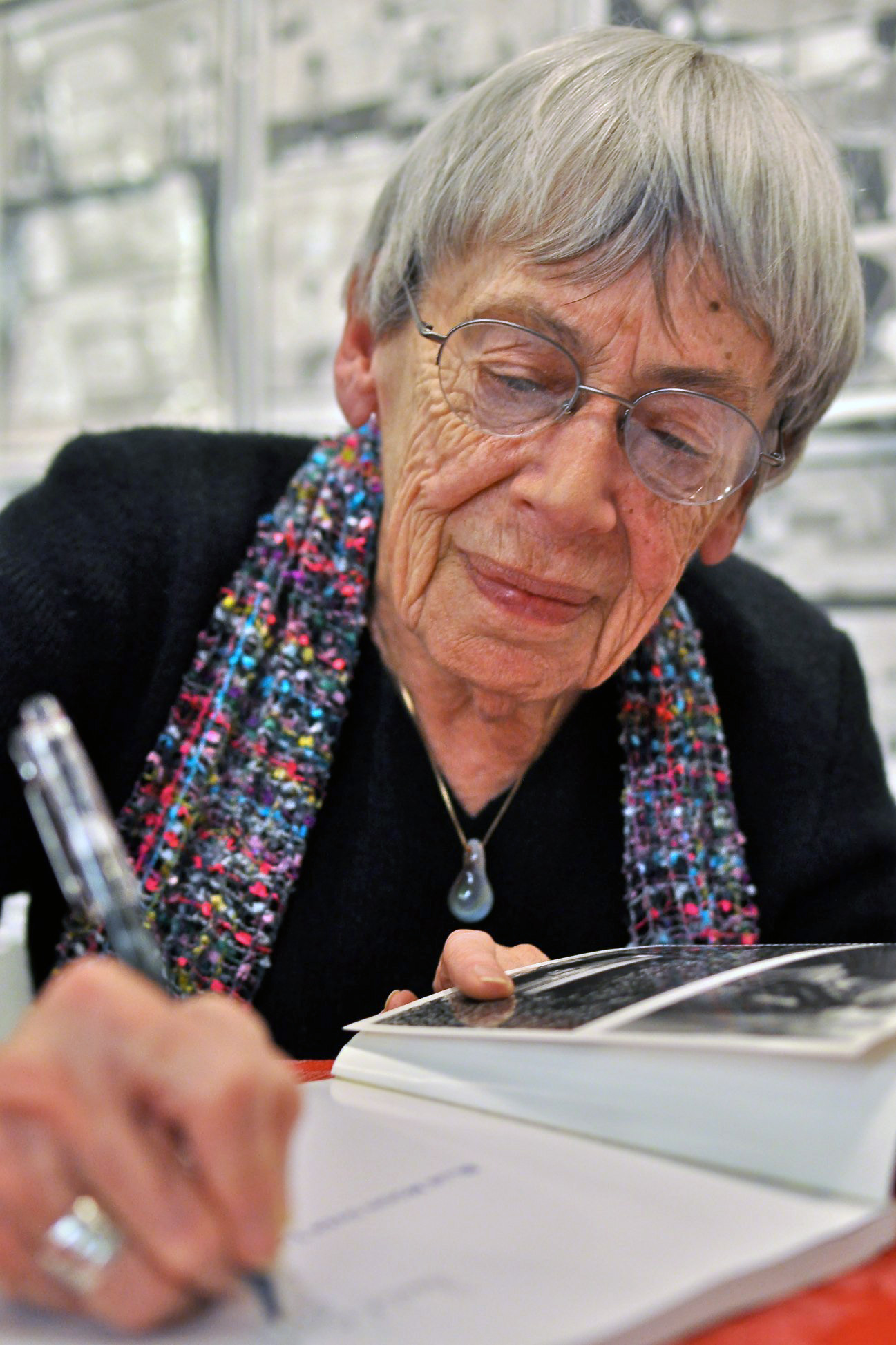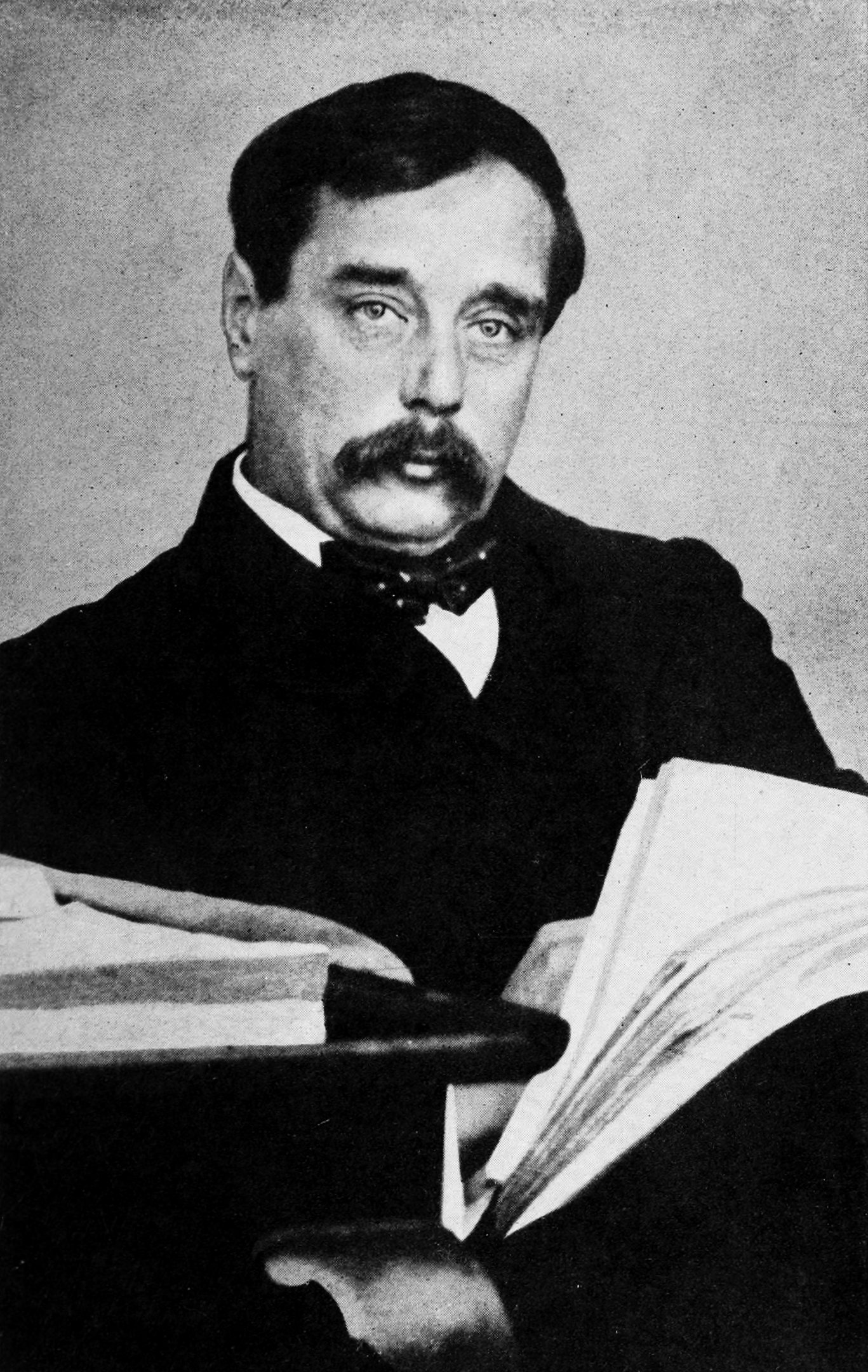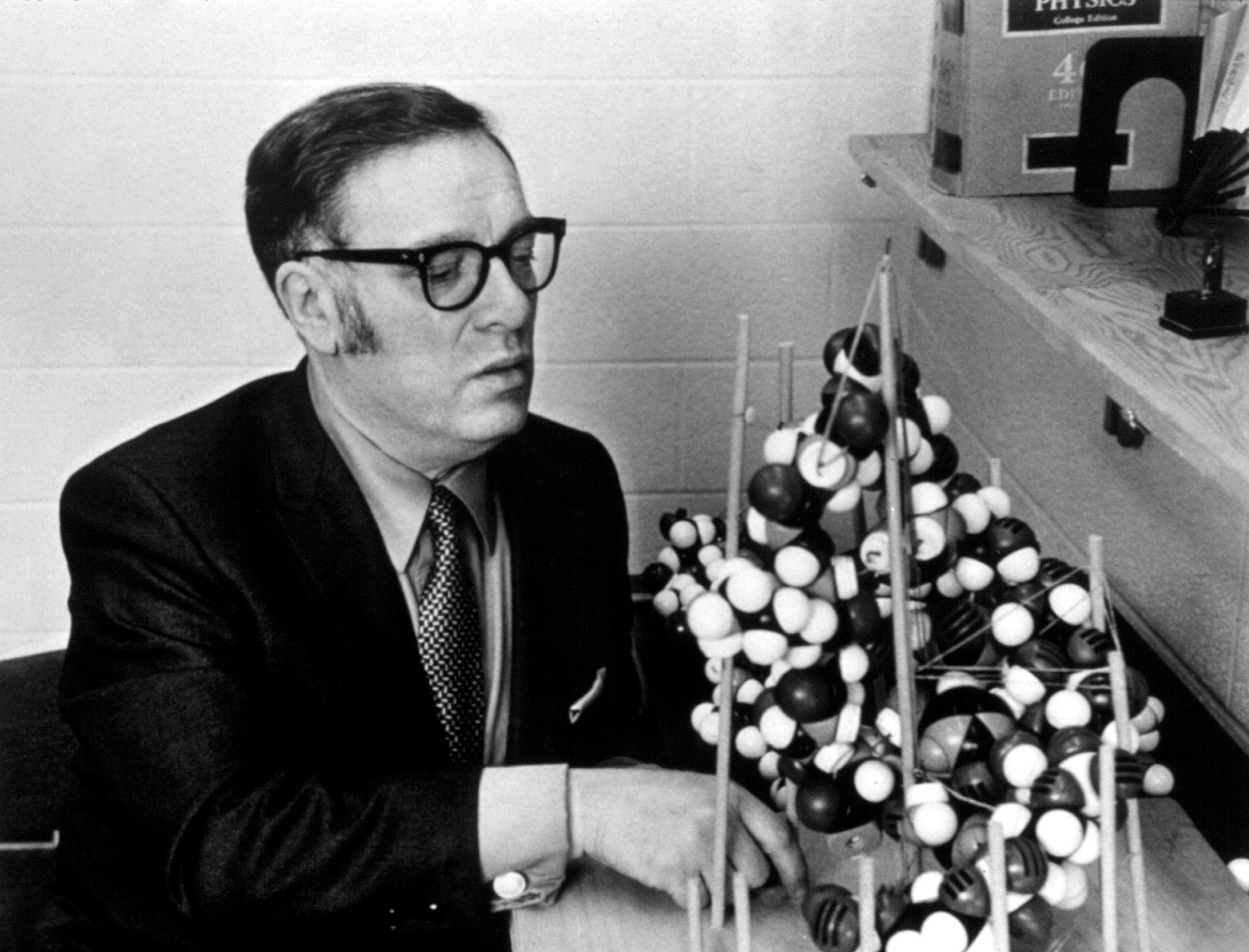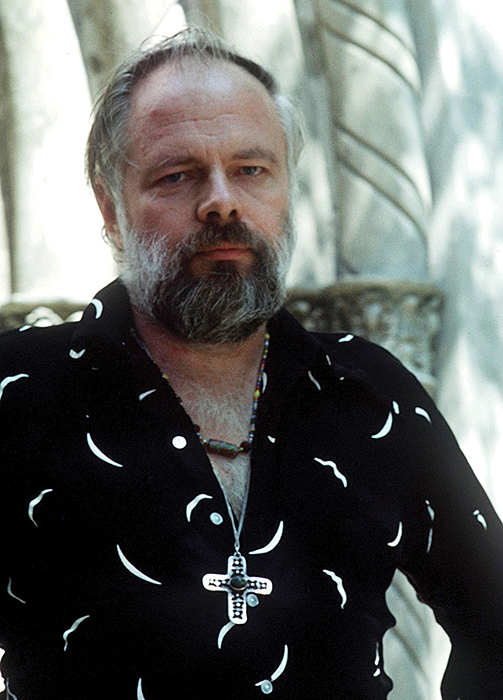Science fiction is literature that explores the impact of real or imagined developments in science or technology. The basic themes of science fiction include time travel, space travel, marvelous inventions or discoveries, life in other worlds, and invasions of Earth by alien beings. Writers also examine what it means to be human, how technology might alter human relations, and the future effects of current technology. Many science-fiction writers explore ideal societies called utopias and their opposite, imperfect societies called dystopias.

Most science-fiction writers seek to convince readers that the world they have created is based on scientific principles. Some writers use material from the “hard” physical sciences, such as physics and astronomy. Others rely on the “soft” sciences, especially such social sciences as anthropology and sociology. Some writers focus on inventing believable scientific developments, while others are more interested in exploring the social consequences of scientific change. But all science-fiction writers try to present worlds that are different from the reader’s world in ways that are both intriguing and understandable.
Forerunners of science fiction.
Science fiction is a branch of a broader literary field called “the fantastic.” It has roots that may go back as far as the religious creation stories. However, science fiction as a distinct type of literature took shape during the 1800’s.
The visionary work Utopia, by the English writer and statesman Sir Thomas More (also known as Saint Thomas More), describes an ideal society that provides justice and fairness to all. This work, published in 1516, had a major influence on later science fiction that dealt with imagined social structure. The book gave us the word utopia.
The French writer Cyrano de Bergerac wrote Other Worlds (originally two books, 1657, 1662), which describes trips to the moon and the sun. Gulliver’s Travels (1726) by the English writer Jonathan Swift combines a series of fantastic sea voyages with social criticism. Micromegas (1752) by the French author Voltaire is the first story about visitors from other planets.
The first science fiction
in the modern sense originated in the early 1800’s. Frankenstein (1818) by the English writer Mary Wollstonecraft Shelley is generally considered the first science-fiction novel. It tells the story of a scientist who tries to create a living being for the good of humanity but instead produces a monster. In the mid-1800’s, the American author Edgar Allan Poe wrote many stories that rely on scientific observations.

Two of science fiction’s most important authors, Jules Verne and H. G. Wells, emerged in the late 1800’s. Verne, a French novelist, became the first writer to specialize in fiction dedicated to thinking about the future implications of technology. In Twenty Thousand Leagues Under the Sea (1870) and other novels, Verne used realistic detail and believable explanations to support incredible tales of adventure. Wells, a British author, wrote imaginative novels and short stories that also reflect his training as a scientist. Wells wrote some of science fiction’s most enduring works, such as The Time Machine (1895) and The War of the Worlds (1898).
The early 1900’s.
Many science-fiction works of the early 1900’s emphasized social and political argument and other serious themes. For example, We, completed in 1921 by the Russian writer Yevgeni Zamyatin, helped define the dystopia in its portrait of a highly structured nightmarish society. Other dystopias are presented in two classics by British writers, Brave New World (1932) by Aldous Huxley and 1984 (1949) by George Orwell, as well as Fahrenheit 451 (1953) by the American author Ray Bradbury.
The Czech novelist and playwright Karel Čapek introduced the term robot in his play R.U.R. (1921) and discussed an atomic bomb in his novel Krakatit (1924). Olaf Stapledon was one of the most important British writers of the early to middle 1900’s. His novel Last and First Men (1930) traces a 2-billion-year progression of humanity to its extinction on the planet Neptune.

During the 1920’s and 1930’s, science fiction developed differently in the United Kingdom and the United States. British writers produced works aimed at an adult audience in the tradition of Verne and Wells. Their works were published in hard cover. In the United States, the main outlet for science-fiction writers was low-cost magazines called pulps. The name came from the cheap wood-pulp paper on which the magazines were printed. Stories in the pulps emphasized adventure and concentrated on scientific marvels. They were aimed primarily at adolescent readers.
The first magazine devoted exclusively to science fiction began publication in the United States in 1926. That year, Hugo Gernsback founded the pulp magazine Amazing Stories. Gernsback encouraged his readers to write to the magazine and to one another. He helped develop a loosely organized group of readers who eventually produced many writers, editors, and critics of science fiction. About 1930, Gernsback became the first person to use the term science fiction. Today, to honor distinguished writing in the field, the World Science Fiction Convention annually presents the Hugo Awards, named for Gernsback.
The fan culture that emerged during the early 1900’s had enormous implications for the rest of American culture. The fan culture of today in such fields as popular music and movies drew its model from the conventions, fan-letter columns, and newsletters produced by science-fiction lovers. Science-fiction fans of this period also had great control over the direction of science fiction and fantasy, producing the editors, agents, and writers that dominated the next generation. These fans also influenced the direction of the literature during their own generation as they told the market what kind of fiction they wanted.
The Golden Age.
The pulps increasingly turned from scientific marvels to social concerns after John W. Campbell, Jr., became editor of Astounding Stories magazine (later Astounding Science Fiction and then Analog). Campbell served as the magazine’s editor from 1937 to 1971. The period from about 1937 to the late 1940’s is sometimes called the Golden Age of science fiction.

Campbell sought stories that were believable and showed an increased attention to literary quality. He attracted such American writers as Robert A. Heinlein, Isaac Asimov, Theodore Sturgeon, and A. E. van Vogt, who dominated the field in the mid-1900’s. Heinlein became one of the most influential science-fiction writers of the 1900’s. His best-selling novel Stranger in a Strange Land (1961) explores controversial ideas about morality, religion, and sex. Heinlein was also important in writing science fiction for young adults in such novels as Rocket Ship Galileo (1947).
Growing popularity.
Science fiction began to gain a wider audience in the mid-1900’s. Its popularity grew as developments in the production of nuclear energy and in space exploration showed that much science fiction was more meaningful than many people had believed.
Stanislaw Lem of Poland has been recognized as a major science-fiction writer since the 1950’s. His wide knowledge and depth of analysis appear in such works as Solaris (1961), in which scientists from Earth are sent to study a massive ocean on another planet.
Science-fiction television programs and motion pictures attracted large audiences. One of the best-known TV programs was “Star Trek” (1966-1969). A series of movies based on the program also became popular. The science-fiction movie Star Wars (1977) and its sequels set box-office records.
A renewed interest in science-fiction magazines developed. In 1977, publication began on one of the first successful new science-fiction magazines since the early 1950’s, Isaac Asimov’s Science Fiction Magazine (later Asimov’s Science Fiction). A science magazine called Omni, first published in 1978, regularly included science-fiction stories. Science fiction also appeared with increasing frequency in national magazines.
Science fiction became enormously popular in Russia and Japan during the middle and late 1900’s. The brothers Arkady and Boris Strugatsky of Russia wrote science fiction that often expresses social criticism. They first gained attention with Hard to Be a God (1964), in which a historian from Earth becomes involved with the society of an underdeveloped planet. Sakyo Komatsu of Japan wrote Japan Sinks (1973), portraying the island nation as being in danger of crumbling into the ocean.
The New Wave.
A new generation of science-fiction writing emerged in the 1960’s and 1970’s during a movement called the “New Wave.” Most New Wave fiction is pessimistic in tone and features antiheroes. The New Wave is particularly important for emphasizing advanced literary techniques, sometimes at the expense of action and familiar themes. Key authors included such British writers as Brian Aldiss, J. G. Ballard, and Michael Moorcock, and such American writers as Philip K. Dick, Harlan Ellison and Roger Zelazny. African American writers also began to be successful and influential, notably Samuel R. Delany (a significant figure in the New Wave) and Octavia E. Butler.

One outgrowth of the New Wave was “hard” science fiction, which stresses the hard sciences and technology. Notable hard science-fiction writers include the American authors Greg Bear, David Brin, and Jerry Pournelle. The American author Michael Crichton became a best-selling author for his technothrillers, which combine technology and suspense.
Science fiction today.
In the late 1900’s, video games with science-fiction themes became popular. A new category of science fiction also emerged, called cyberpunk, which focuses on the ways virtual reality and Internet-related technology shape our perception of the world and relationships with others. Virtual reality is a computer-created artificial environment through which a computer user can seem to move. One of the earliest and best-known examples of cyberpunk is Neuromancer (1984) by William Gibson, an American-born author who settled in Canada. Other recent science fiction explores nanotechnology, which involves manipulating atoms and molecules.

In the early 2000’s, science fiction retained many characteristics that distinguish it from mainstream literature. Fans remain a vital part of the field, but they have increasingly supported nonprint science fiction, such as television series and movies.
The field has also experienced a second wave of British prominence, with such writers as M. John Harrison, Gwyneth Jones, and China Miéville. Australia has also produced such significant writers as Greg Egan, Margo Lanagan, and Scott Westerfeld.
Science fiction, especially in the United States, has always had close ties with its adolescent audience. With the popularity of the British writer J. K. Rowling’s “Harry Potter” fantasy novels, the field has been flooded in the early 2000’s with new young-adult science fiction. These works tend to address issues of identity and social acceptance. Such fiction emphasizes the capability of teenagers to excel in a bizarre and complicated world. Examples by American authors include Feed (2002) by M. T. Anderson and Messenger (2004) by Lois Lowry.
